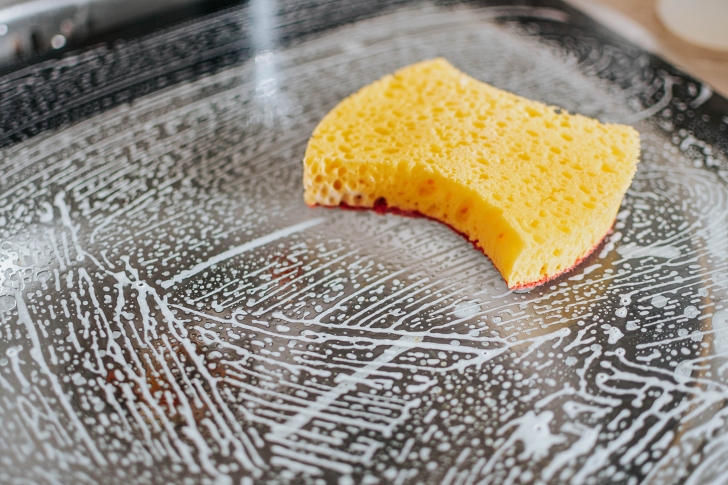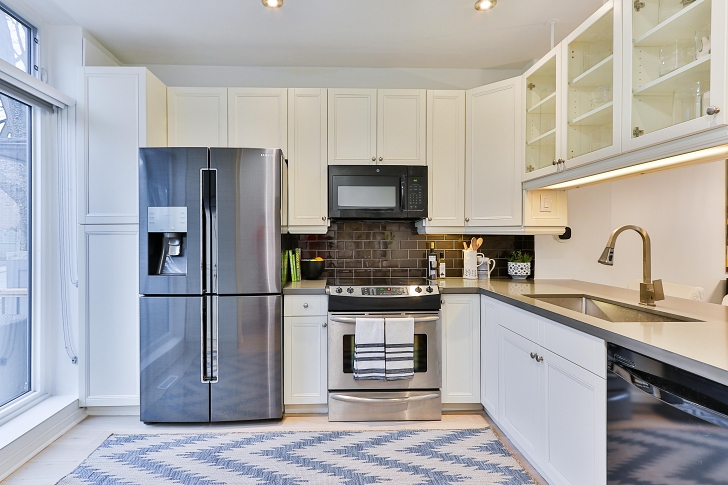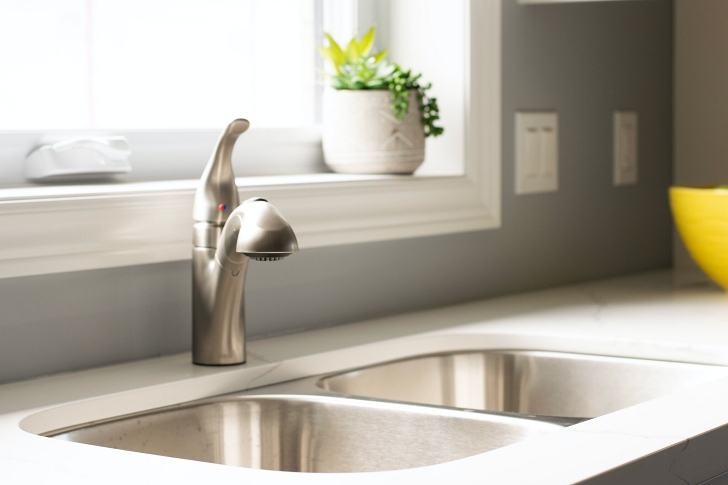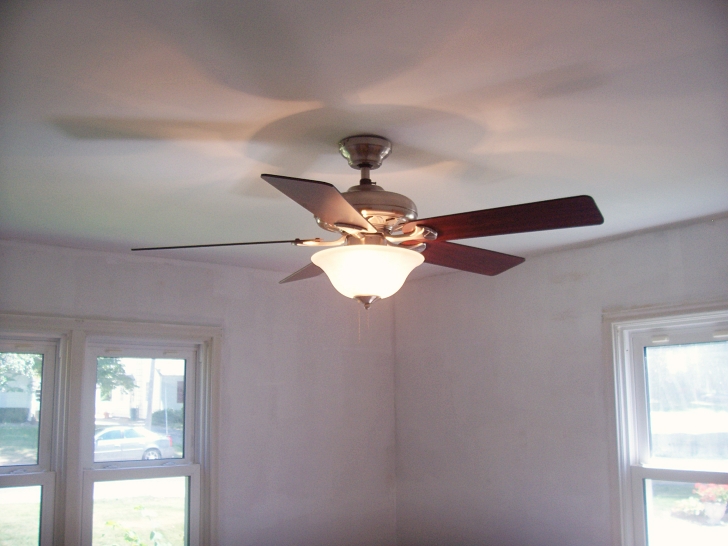Cleaning can be real pain in the neck sometimes, which is why we can put off some of the things that need the most attention around the home. But, if you know how to clean efficiently and properly then cleaning the whole house won’t take nearly as long or require as much elbow grease. Here are 6 cleaning tips from professional cleaners that we wish we’d discovered a whole lot sooner.

Clean Your Vacuum

Yes, even our tools need a good cleaning sometimes. Keep your vacuum free from hair in the bristles and remove dust and debris from the air vents and filters. By doing this you maintain more of the suction (and therefore the efficiency) of your vacuum. Clogged vents and filters don’t let as much air pass through which slows down the process of collecting dirt and dust. Depending on the model of vacuum you may need to do this every time you use it. This might sound like a lot of work, but the alternative may be dirtier floors and a dustier home that you have to vacuum more often. In the end the effort will balance out and it will also make your vacuum last longer.
Don’t Put Your Back Into It

The old school way of doing things was that if it didn’t come clean you just needed to scrub harder and longer. But, the key to doing a good job with little fuss is to let the cleaners you’re using sit on the stains/dirt for longer. If you use a pretreatment or enzymatic cleaner on clothes rub them in and then let them soak in before washing. If you have a stained countertop don’t scrub away after applying cleaner- let it sink in to break up the stain on it’s own. Then after 10 minutes or so you can simply wipe it away.
Banish Those Fingerprints

Fingerprints on glass and metal can be an irritating nuisance on your windows and appliances. In many cases you can use glass cleaner for both to save space in your cupboard and time in your routine. Make sure to spot test this type of cleaner on your metals and stainless-look items. And, make sure to only use soft sponges or cloths on metal and glass to avoid scratching.
Only Clean When Needed

Contrary to how your grandmother might have done her chores, the way to be truly efficient is to only clean what is actually dirty. Instead of dusting just to say you did it, cleaning when it is actually dusty will cut down on your cleaning time. The exceptions to this guideline are the kitchen and bathroom since they can harbor bacteria that you cannot see or feel. Otherwise wait until it’s dirty to clean it.
Get a Cleaning Caddy

Rather than traipse back to the kitchen or bathroom or closet for each new cleaning item, put the the most-used cleaning products into a cleaning caddy or bucket. This way you can carry them with you from room to room and save yourself the hassle of extra trips. This is one of the reasons why maids in hotels or cleaning professionals that come to your home can get everything done so quickly.
Clean from the Top Down

Starting with the uppermost areas to be cleaned, like upper cabinets, shelves, and ceiling fans, will mean that the dust can fall downward. Then as you clean successively lower areas they will be cleaned as you go. How many times have you forgotten to dust something up high and then dirtied a perfectly clean area in doing so? This tip helps you to eliminate that problem. Plus, if you always start with the top it can help you to remember to clean those often-forgotten areas like above the fridge and the most infamous cobweb spot where the ceiling meets the walls.













